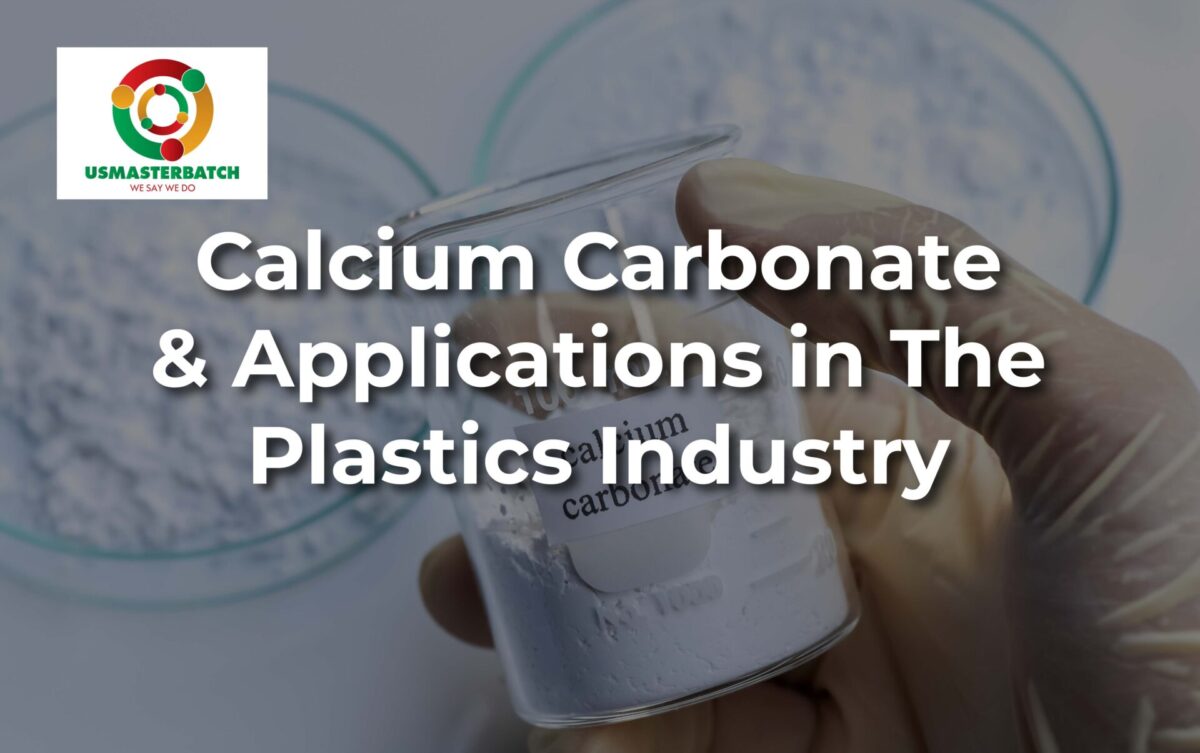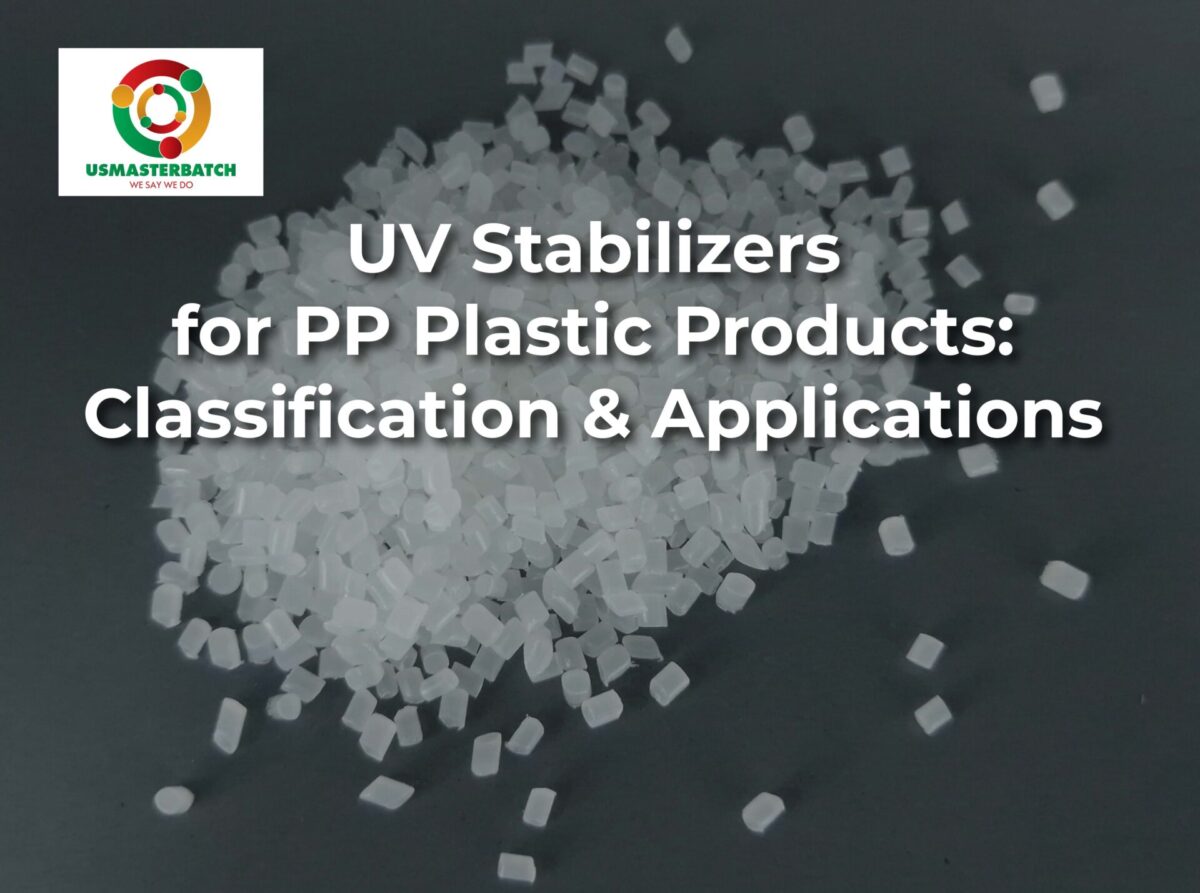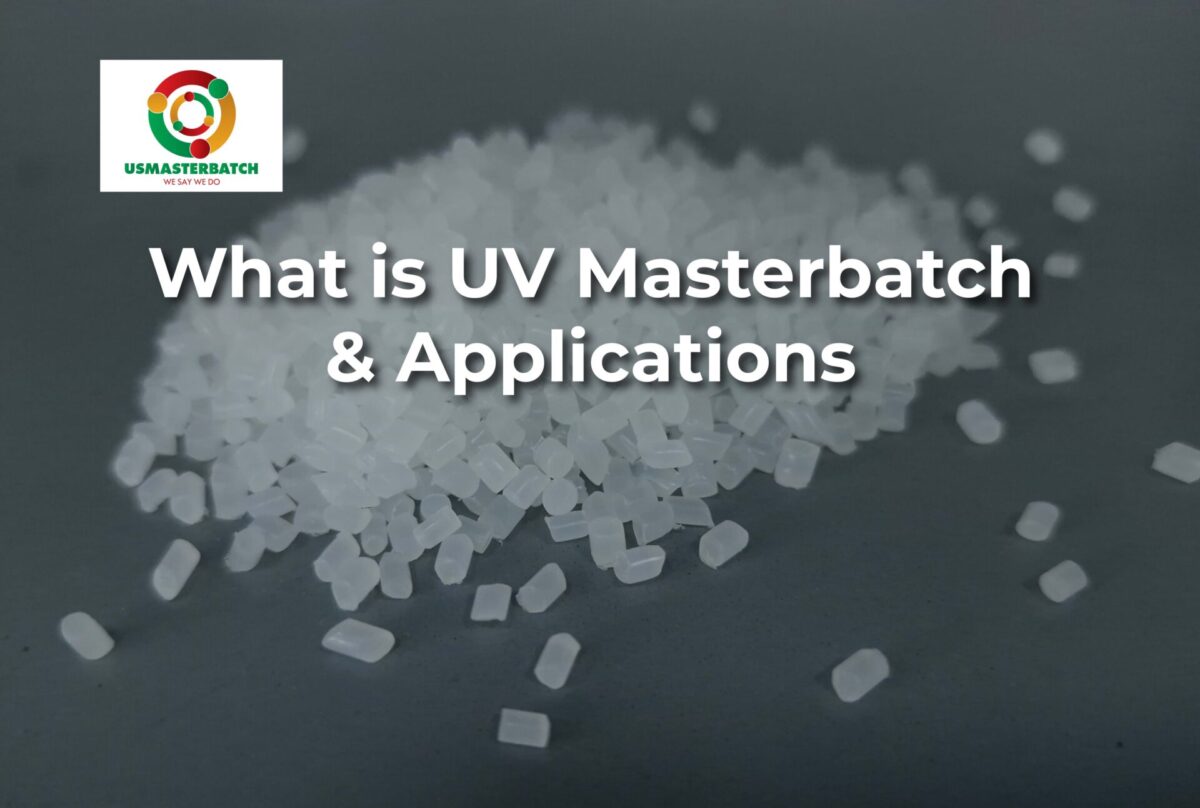
Calcium Carbonate and its applications in the plastics industry
Calcium Carbonate (CaCO₃) is one of the most abundant inorganic minerals found in nature, commonly extracted from limestone, chalk, and marble. Known for its high purity, excellent whiteness, and cost efficiency, CaCO₃ plays a critical role in a wide range of industrial applications — particularly in the plastics industry. Its ability to enhance mechanical properties, improve processability, and reduce production costs makes it one of the most essential raw materials for plastic manufacturers around the world.
What is Calcium Carbonate?

Calcium Carbonate is a fine, white powder composed primarily of naturally occurring limestone. Vietnam is recognized as one of the leading global sources of high-quality CaCO₃, especially in provinces such as Nghe An and Yen Bai. The limestone in these regions has exceptionally high brightness and purity, allowing local manufacturers to produce filler masterbatch and compound products that meet international standards.
Key characteristics of CaCO₃ include:
- High whiteness and purity
- Uniform particle size and excellent dispersion
- High thermal stability during processing
- Enhanced rigidity and mechanical strength
- Significantly lower cost compared to virgin polymers
In plastic processing, Calcium Carbonate is typically used in the form of Filler Masterbatch, which is a mixture of CaCO₃ powder, polymer carrier resin (such as PE or PP), and processing additives. This combination ensures that the CaCO₃ particles are evenly dispersed in the plastic, improving both performance and visual appearance of the end product.
Key Benefits of Using Calcium Carbonate in Plastics
-
Cost reduction
The use of CaCO₃ helps reduce reliance on expensive virgin polymers such as PE and PP. Depending on product requirements, manufacturers can replace 20 – 60% of polymer content with CaCO₃, achieving significant cost savings without compromising quality. This economic advantage is one of the primary reasons why CaCO₃ Filler Masterbatch is widely adopted in plastic film, packaging, and molding industries.
-
Enhanced mechanical properties
CaCO₃ acts as a reinforcing agent in plastics. It increases stiffness, tensile strength, impact resistance, and dimensional stability. These improvements are particularly beneficial for injection-molded items, rigid packaging, containers, pipes, and other durable plastic applications.
-
Improved thermal resistance and dimensional stability
Since Calcium Carbonate does not decompose at typical plastic processing temperatures, it helps maintain product shape, reduce shrinkage, and improve heat resistance. Products made with CaCO₃ are less prone to warping or deformation during molding and extrusion.
-
Superior surface quality
The addition of CaCO₃ enhances the gloss, brightness, and surface smoothness of plastic products. It also improves scratch resistance and helps maintain a clean, uniform appearance. This makes CaCO₃ a preferred additive in industries producing cosmetic packaging, household goods, and high-end consumer products.
-
Improved opacity and visual performance
Calcium Carbonate enhances opacity and provides a bright, consistent color tone. For thin plastic films or shopping bags, this results in better light-blocking ability and a more visually appealing finish.
-
Higher processing efficiency
CaCO₃ reduces melt viscosity, allowing the molten polymer to flow more easily during processing. As a result, manufacturers can achieve faster extrusion speeds, shorter molding cycles, and lower energy consumption — contributing to greater overall productivity.
Applications of Calcium Carbonate in the Plastics Industry
- Film and packaging
CaCO₃ is widely used in PE and PP films, agricultural films, and shopping bags. It improves stiffness and opacity while reducing material costs, making it ideal for both thin and thick film applications. - Plastic pipes and fittings
CaCO₃ enhances rigidity and dimensional stability, helping pipes resist deformation under pressure. It also improves the extrusion process by stabilizing melt flow and cooling behavior. - Filler masterbatch and compound
CaCO₃ is the key ingredient in filler masterbatch formulations, accounting for up to 90% of the total composition. It provides an optimal balance between cost, processing stability, and mechanical strength. - Injection molding products
Chairs, containers, and other consumer goods often use CaCO₃ to improve rigidity, reduce shrinkage, and enhance cost efficiency while maintaining a premium surface finish. - Sheets, profiles, and wall panels
In construction and building materials, CaCO₃ ensures better surface uniformity and long-term stability. It improves both the aesthetic appearance and functional durability of products such as PVC panels, profiles, and decorative sheets.

Calcium Carbonate: A vital material for plastic innovation
Calcium Carbonate is more than just a filler — it is a performance-enhancing mineral that enables manufacturers to achieve higher quality, improved efficiency, and better cost control. By selecting the right grade of CaCO₃, considering particle size, purity, and brightness, manufacturers can create plastic products that are stronger, smoother, and more sustainable.
At US Masterbatch, we are proud to supply premium-quality CaCO₃ Filler Masterbatch optimized for film blowing, injection molding, extrusion, and blow molding applications. Our advanced production process ensures consistent dispersion, stable color performance, and superior end-product results — helping customers around the world achieve both technical excellence and economic efficiency.










